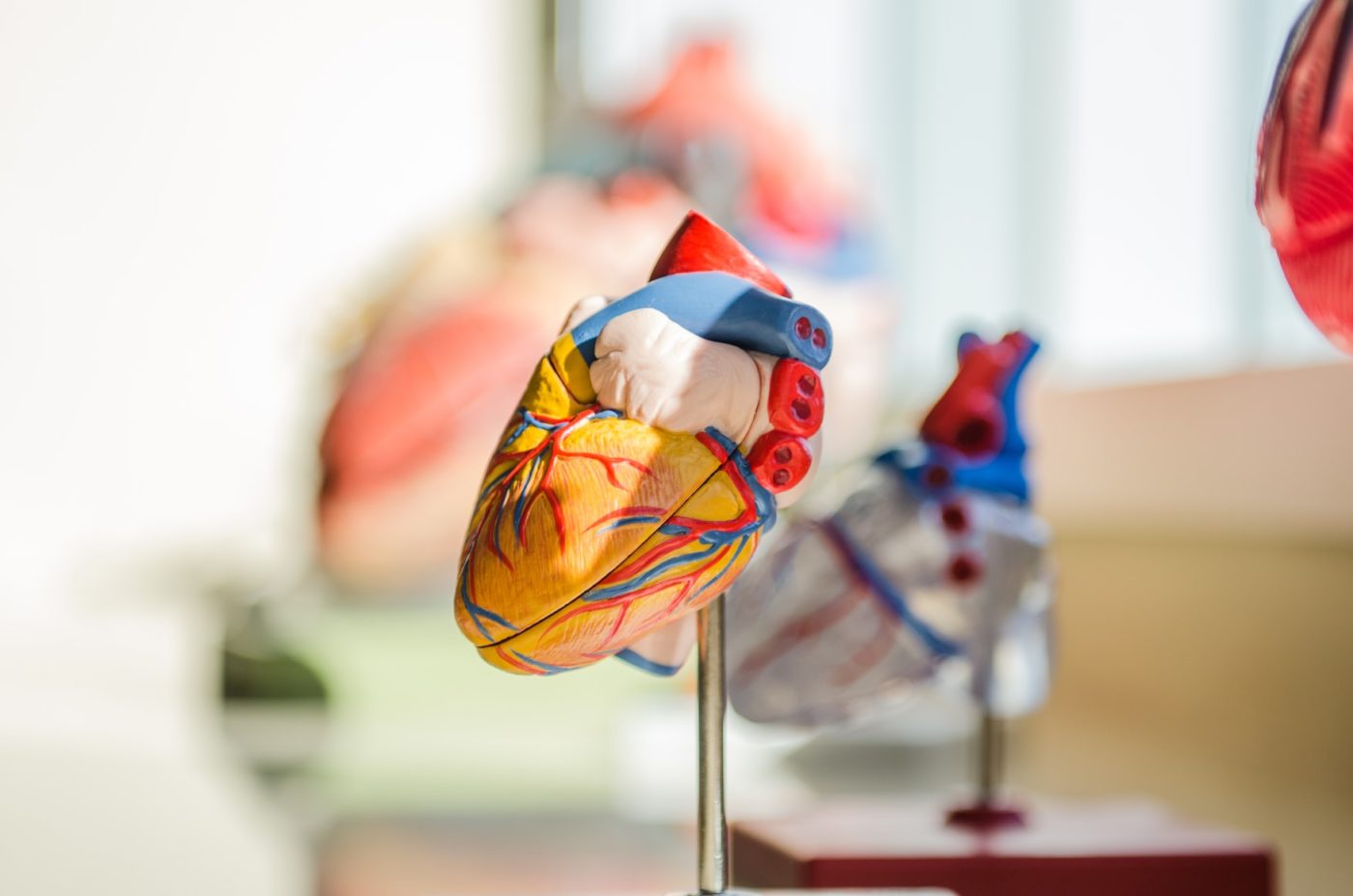Last November, we wrote about the growing adoption of artificial intelligence (AI) / machine learning in the field of cardiology, and how such technology has helped improve the speed and accuracy of diagnosis, and has enabled earlier detection of some forms of heart disease. This field of AI-powered systems for cardiology has continued to develop, and several new technologies are nearing the marketplace.

Mayo Clinic is one of the most innovative leaders in this field. The health care company owns a large database of patient heart health data, which it has leveraged to create AI tools and technology for the benefit of people with heart disease and those at increased risk of developing such conditions.
Clinical research has shown one new Mayo Clinic algorithm to significantly improve the detection of low ejection fraction at its earliest, most treatable stage using routine, inexpensive electrocardiogram readings, which use externally placed electrodes to look for electrical abnormalities in the heart. Low ejection fraction is a condition where the heart is unable to pump a normal amount of blood from its chamber with each contraction. The condition, often asymptomatic early on, is associated with cardiomyopathy and heart failure. Traditionally, low ejection fraction has been diagnosed once symptoms manifest, using time-consuming and costly echocardiograms that employ ultrasound imaging to look for structural irregularities in the heart.
In a Mayo Clinic study, 22,600 patients received electrocardiograms as part of a routine primary care check-up, and the readings were randomly assigned to be read by AI or by the patient’s physician. When the AI algorithm detected evidence of low ejection fraction, it sent an alert to the physician who then ordered a follow-up echocardiogram to confirm the diagnosis. Results of the study showed that use of the AI algorithm-powered electrocardiogram as an initial screen led to 32% more confirmed diagnoses of low ejection fraction compared to the typical standard of care. This translated to five new diagnoses for every 1,000 patients screened — identifying patients with the heart problem at an early stage who would have otherwise been missed at a point where they were most treatable. These findings clearly illustrate an AI application with the potential to improve patient care without overburdening clinicians.
Mayo Clinic is now commercializing its AI algorithm through a new company called Anumana, which it has founded in collaboration with health tech company nference. Anumana is developing new AI-powered diagnostics that enable the analysis and interpretation of electrocardiograms in ways not previously possible. Mayo Clinic has also licensed its algorithm to Eko, a developer of AI-powered digital stethoscopes, to help physicians diagnose conditions like heart murmurs and atrial fibrillation during routine physicals. The algorithm received Breakthrough Designation from FDA in 2019 and an Emergency Use Authorization in May 2021 for the detection of cardiac conditions in patients with COVID-19.
Weill Cornell Medicine and New York Presbyterian Hospital have also been at the forefront of AI in cardiology. Employing a database of millions of annotated CT lab images from over 50,000 patients, the two institutions have developed a CT angiography platform relying on AI algorithms to analyze plaque build-up in patients’ coronary arteries. By measuring the severity of plaque build-up and providing a better assessment of potential arterial blockages that could fatally restrict oxygen supply to the heart muscle, the platform is designed to better determine a patient’s risk of heart attack.
This CT angiography platform is now being further developed and commercialized by New York-based startup Cleerly Medical, which in June raised $43 million in venture investment. Cleerly plans to commercialize the technology platform along with interactive tools to help primary care physicians better understand the state of a patient’s arteries without the need for advanced training in reading medical images. In July, Cleerly also announced a partnership with Canon Medical Systems to combine Cleerly’s predictive AI platform with Canon’s line of fast CT scanners. By merging their technologies, the two companies aim to provide an all-in-one, AI powered system that will facilitate use of cardiac CT, which until now requires special expertise for data interpretation.
Established medical technology companies are also beginning to develop and commercialize new cardiology offerings incorporating AI. Abbott, for example, received a CE Mark in Europe in April for a device that combines digital imaging with AI to create an automated system for cardiac procedures. The Ultreon system uses catheters equipped with optical coherence tomography, which employs laser light to scan the interior of blood vessels and surrounding tissues to detect calcium and plaque deposits, while simultaneously measuring arterial diameter. This information enables surgeons to more quickly and precisely determine where to place a stent than with conventional angiography imaging. A study by Abbott showed that the high-resolution images and measurements provided by the Ultreon system enabled 88% of physicians to select a more appropriate stent size and location for its placement.